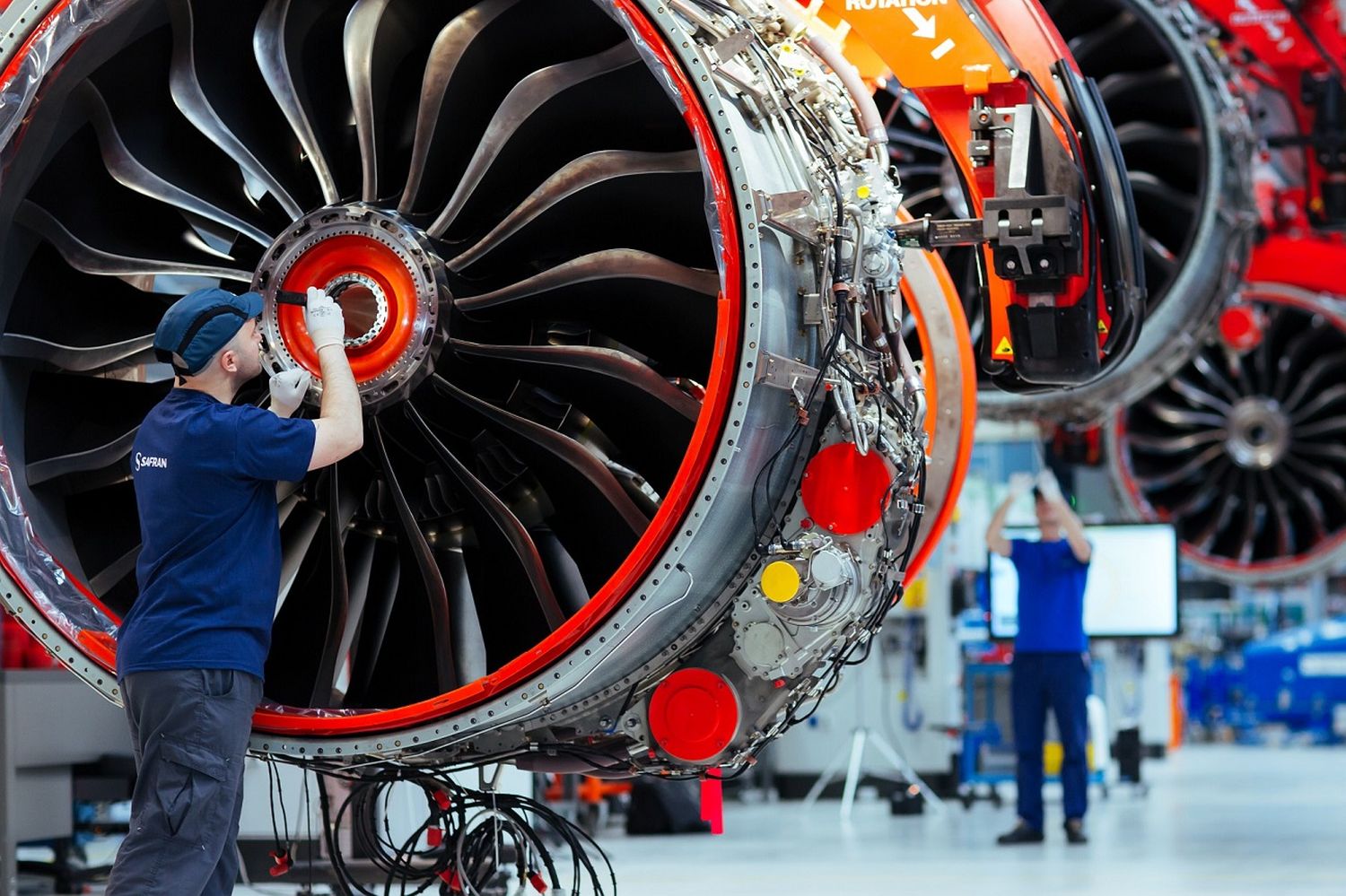Safran confirms Boeing is resuming a “dynamic” production profile for the 737 MAX
Boeing returns to a more “dynamic” production profile after years of uncertainty linked to setbacks with its 737 MAX passenger jet, according to Olivier Andries, CEO of Safran, a major engine manufacturer and key supplier to Boeing.
During the company’s annual meeting, Andries reported that production of the flagship narrow-body aircraft is now approaching 38 units per month. This figure aligns with the cap imposed by U.S. regulators following last year’s incident involving a fuselage panel on an Alaska Airlines jet.
This update is consistent with statements from Doug Ackerman, Vice President of Quality at Boeing Commercial Airplanes, who told the press that the aerospace giant aims to stabilize monthly production of the 737 MAX at 38 aircraft over the coming months.
Safran, through its CFM International joint venture with GE Aerospace, co-produces the LEAP engines— the world’s best-selling powerplants. These engines power all Boeing 737 MAX aircraft and compete with Pratt & Whitney for contracts on the Airbus A320neo.
Safran’s optimistic tone on Boeing’s progress contrasts with a more cautious view expressed earlier the same Thursday by one of the world’s largest aircraft leasing companies. Peter Barrett, CEO of SMBC Aviation Capital, acknowledged that Boeing and Airbus are making progress, but warned there is still “a long way to go” before achieving a stable and predictable production cycle.
Andries also told shareholders that demand for aftermarket services for aviation engines has increased, partly due to delays in the production of new aircraft caused by disruptions in aerospace supply chains. Airbus recently identified CFM as one of two suppliers slowing its production ramp-up in the first half of the year, although CFM has expressed confidence in picking up the pace in the second quarter. Notably, the LEAP engine variants for Airbus and Boeing differ in size and have largely distinct configurations.
Finally, Andries said Safran is seeing promising results from wind tunnel tests and other trials conducted by CFM to demonstrate technologies for the LEAP engine’s successor, known as RISE. This next-generation engine aims to reduce fuel consumption and emissions by 20%.


Comentarios
Para comentar, debés estar registrado
Por favor, iniciá sesión